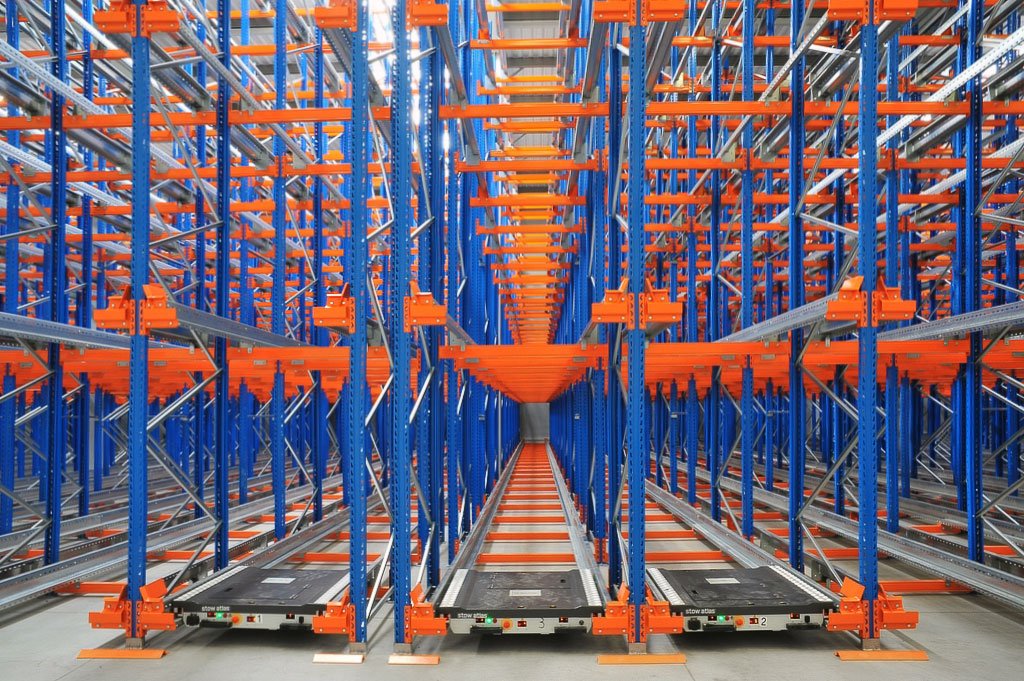Warehouse Storage Racks in UAE: A Practical Guide
So, you’re looking into warehouse storage racks in UAE? Awesome! Whether you’re setting up a brand-new warehouse, optimizing your existing space, or just trying to get a handle on the best storage solutions, you’ve come to the right place. Let’s dive into the world of warehouse storage racks, specifically tailored for the UAE market.
Understanding Your Needs: The Foundation of Rack Selection
Before you even start browsing catalogs, take a good, hard look at what you’re storing. This isn’t just about the quantity of items; it’s about the characteristics. Ask yourself these questions:
- What are the dimensions and weight of your products? This is crucial for determining the load-bearing capacity and size of the racks.
- What’s your inventory turnover rate? Fast-moving items need easily accessible racks.
- What’s your budget? Different rack types come with different price tags.
- What are the specific regulations and safety standards in the UAE? This is super important and we’ll touch on it more later.
- What kind of forklift or material handling equipment do you use? The rack design needs to accommodate your equipment.
Types of Warehouse Storage Racks: A Quick Overview
Okay, now that you’ve assessed your needs, let’s explore the common types of warehouse storage racks you’ll find in the UAE:
- Pallet Racking: This is the workhorse of most warehouses. It’s designed to store palletized goods and comes in various configurations:
- Selective Pallet Racking: Offers direct access to every pallet. Great for diverse inventory.
- Drive-In/Drive-Thru Racking: High-density storage, ideal for large quantities of similar items.
- Push-Back Racking: Another high-density option, using carts to push pallets back.
- Pallet Flow Racking: Uses gravity to move pallets, ensuring first-in, first-out (FIFO) inventory management.
- Cantilever Racking: Perfect for storing long, bulky items like pipes, lumber, and furniture.
- Mezzanine Flooring: Not technically racks, but they create additional storage space by adding an intermediate floor level.
- Shelving: Ideal for storing smaller, non-palletized items.
- Mobile Racking: Racks mounted on mobile bases that move along rails, maximizing space utilization.
Factors to Consider When Choosing Racks in the UAE
The UAE presents some unique challenges and considerations when it comes to warehouse storage racks:
- Climate: The extreme heat and humidity can affect the durability of the racks. Opt for racks with corrosion-resistant coatings.
- Regulations and Safety Standards: The UAE has strict regulations regarding warehouse safety. Ensure your racks comply with local standards, including load-bearing capacity, fire safety, and seismic resistance. Consult with local authorities and suppliers to ensure compliance.
- Supplier Reputation: Choose a reputable supplier with experience in the UAE market. They should be able to provide installation, maintenance, and after-sales support.
- Material Quality: Don’t skimp on quality. Invest in racks made from high-grade steel that can withstand the demands of your operation.
- Installation: Proper installation is crucial for safety and performance. Hire experienced professionals to install your racks.
Finding the Right Supplier in the UAE
Finding a reliable supplier is key. Look for companies that:
- Have a proven track record in the UAE.
- Offer a wide range of rack types.
- Provide customization options to meet your specific needs.
- Offer installation and maintenance services.
- Comply with all relevant UAE regulations and safety standards.
- Can provide references from satisfied customers.
Cost Considerations
The cost of warehouse storage racks in the UAE can vary significantly depending on the type of rack, the material quality, the supplier, and the installation costs. Get quotes from multiple suppliers and compare them carefully. Don’t just focus on the initial price; consider the long-term costs, such as maintenance and replacement.
Maintenance and Safety
Regular maintenance is essential to ensure the safety and longevity of your warehouse storage racks. Implement a regular inspection program to identify and address any damage or wear and tear. Train your employees on proper loading and unloading procedures. Ensure that your racks are properly labeled with load capacity information.
Specific Considerations for Different Industries in the UAE
Different industries in the UAE have different storage needs. For example:
- Oil and Gas: Requires racks that can withstand harsh environments and store heavy equipment.
- Construction: Needs racks for storing building materials like pipes, lumber, and cement.
- Retail: Requires racks that are easily accessible and can accommodate a wide variety of products.
- Logistics: Needs racks that can handle high volumes of goods and facilitate efficient inventory management.
FAQs About Warehouse Storage Racks in UAE
- What are the most common types of warehouse storage racks used in the UAE?
Selective pallet racking is very common due to its versatility. Drive-in racking is also popular for high-density storage of similar items. - How do I ensure my warehouse storage racks comply with UAE safety regulations?
Work with a reputable supplier who is familiar with local regulations. Obtain necessary permits and approvals. Conduct regular inspections and maintenance. - What factors should I consider when choosing a supplier of warehouse storage racks in the UAE?
Experience in the UAE market, range of products, customization options, installation and maintenance services, compliance with regulations, and customer references. - How can I maximize space utilization in my warehouse using storage racks?
Consider high-density racking systems like drive-in or push-back racking. Use mezzanine flooring to create additional storage space. Optimize aisle widths. - What are the long-term maintenance requirements for warehouse storage racks in the UAE?
Regular inspections for damage, tightening of bolts, corrosion prevention, and prompt repair or replacement of damaged components.
****

